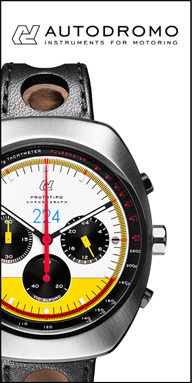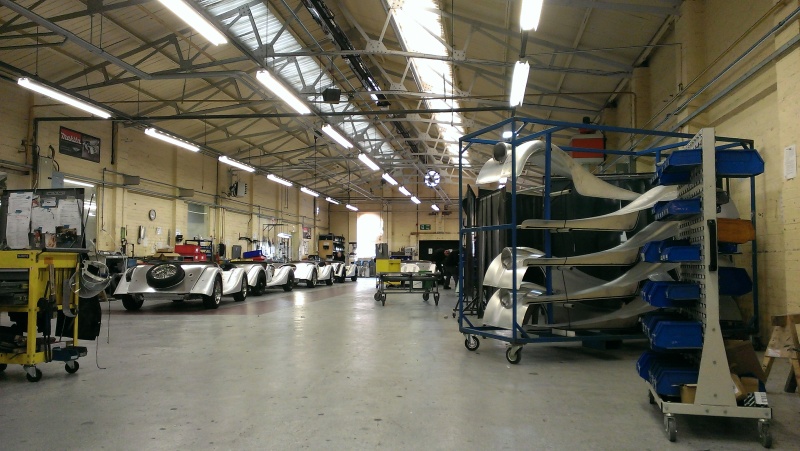 This past week, we were forunate enough to pay a visit to the Morgan Motor Company in Malvern, England. If you ever doubted that Morgan cars are truly handmade in a traditional manner, let me tell you that it is not an exaggeration!
This past week, we were forunate enough to pay a visit to the Morgan Motor Company in Malvern, England. If you ever doubted that Morgan cars are truly handmade in a traditional manner, let me tell you that it is not an exaggeration!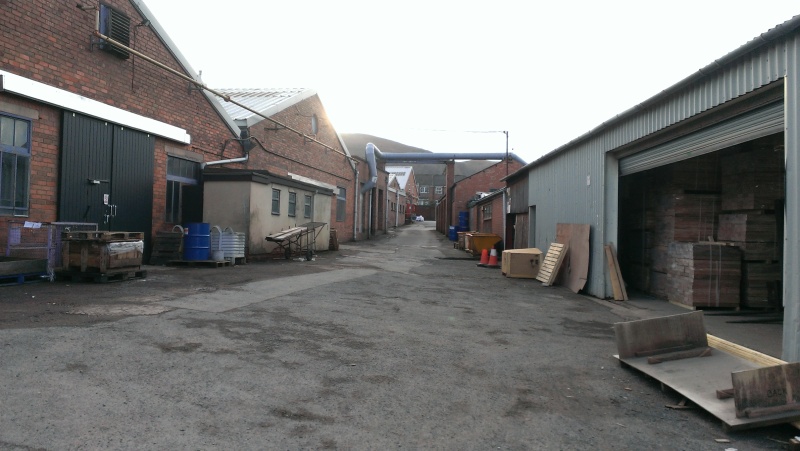 What you first notice upon arriving at the Morgan works is that the place really feels like you are stepping back in time. It isn't just the design and construction of the cars themselves that is anachronistic, but the entire factory comes straight from a bygone era. The buildings are old and largely unchanged since the war. The ethos of artisanal craft still permeates the place, as well as a casual, friendly air that has been utterly sucked out of the hermetic car factories of today. Morgan's open gates welcome visitors, and at first we wandered around the grounds unaccompanied until we decided we ought to check in at the front office.
What you first notice upon arriving at the Morgan works is that the place really feels like you are stepping back in time. It isn't just the design and construction of the cars themselves that is anachronistic, but the entire factory comes straight from a bygone era. The buildings are old and largely unchanged since the war. The ethos of artisanal craft still permeates the place, as well as a casual, friendly air that has been utterly sucked out of the hermetic car factories of today. Morgan's open gates welcome visitors, and at first we wandered around the grounds unaccompanied until we decided we ought to check in at the front office.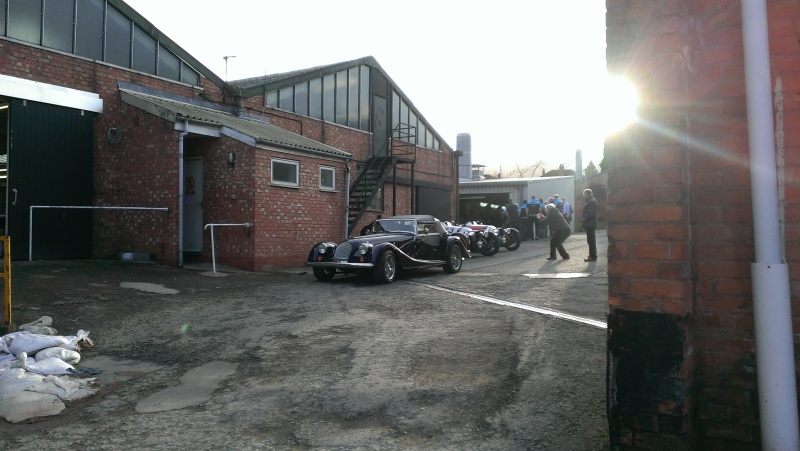 The factory complex is divided into several long buildings, each hall specializing in a particular stage of the car's gestation. In the first building we entered, the mechanical assembly was being performed. For each car, this work is largely performed by a single man, so there is quite a lot of responsibility invested in the builder of the car to make sure the chassis, engine, and drivetrain all go together properly. An assortment of crate engines from Ford and BMW sat at one end of the hall, awaiting installation.
The factory complex is divided into several long buildings, each hall specializing in a particular stage of the car's gestation. In the first building we entered, the mechanical assembly was being performed. For each car, this work is largely performed by a single man, so there is quite a lot of responsibility invested in the builder of the car to make sure the chassis, engine, and drivetrain all go together properly. An assortment of crate engines from Ford and BMW sat at one end of the hall, awaiting installation. In the next building over, we witnessed the aluminum body panels being fitted to wooden frames. Morgan outsources the forming of aluminum panels such as fenders and bonnets to a regional supplier, Superform, who use an eponymous vaccuum forming-like process to shape the parts from sheet material. The Superformed panels are delivered to Morgan where they are hand trimmed, hand pounded and hand fitted to the wooden frame to complete the bodyshell. No two cars have exactly the same panels as a result. It takes two men to painstakingly hand-punch each louver in the aluminum bonnet, one by one. Great effort goes into making sure that each louver is perfectly aligned with the previous one. The rolled edge of the spare tire well is carefully hammered around a spool of wire by hand, and each bonnet is tapped and teased to fit the exact shape of the scuttle and grille shroud.
In the next building over, we witnessed the aluminum body panels being fitted to wooden frames. Morgan outsources the forming of aluminum panels such as fenders and bonnets to a regional supplier, Superform, who use an eponymous vaccuum forming-like process to shape the parts from sheet material. The Superformed panels are delivered to Morgan where they are hand trimmed, hand pounded and hand fitted to the wooden frame to complete the bodyshell. No two cars have exactly the same panels as a result. It takes two men to painstakingly hand-punch each louver in the aluminum bonnet, one by one. Great effort goes into making sure that each louver is perfectly aligned with the previous one. The rolled edge of the spare tire well is carefully hammered around a spool of wire by hand, and each bonnet is tapped and teased to fit the exact shape of the scuttle and grille shroud. The next room over is where the wooden frames are constructed. Here I expected to see a large CNC router that would cut out the wooden pieces, saving time and improving accuracy. But instead I discovered that most of the operations to create the wood components are still performed using traditional power tools, and even hand tools such as planes are commonly deployed for detail work. The frame is held together with glue and screws, very much like a piece of furniture.
The next room over is where the wooden frames are constructed. Here I expected to see a large CNC router that would cut out the wooden pieces, saving time and improving accuracy. But instead I discovered that most of the operations to create the wood components are still performed using traditional power tools, and even hand tools such as planes are commonly deployed for detail work. The frame is held together with glue and screws, very much like a piece of furniture. The rakish curve of the rear fender is molded using an antique plywood press that has been in use continuously since 1950! The only thing that has changed is the man operating the press (see above).
The rakish curve of the rear fender is molded using an antique plywood press that has been in use continuously since 1950! The only thing that has changed is the man operating the press (see above).
Next we went across to the paint shop, where the rolling chassis is partially disassembled for painting. There is a massive, drive in spray booth and oven. Adjacent to the paint shop is the room where the now-painted cars are re-assembled, and the interiors fitted. At one end of the room, a young worker (many of Morgan's workers are under 35, which surprised and heartened me) sat patiently at a sewing machine as he quilted the leather headliner of an Aero that was underway nearby. All of the interior assembly is done in this room by a team of skilled seamstresses and craftsmen, who fit the hand-carved dashboards and interior panels.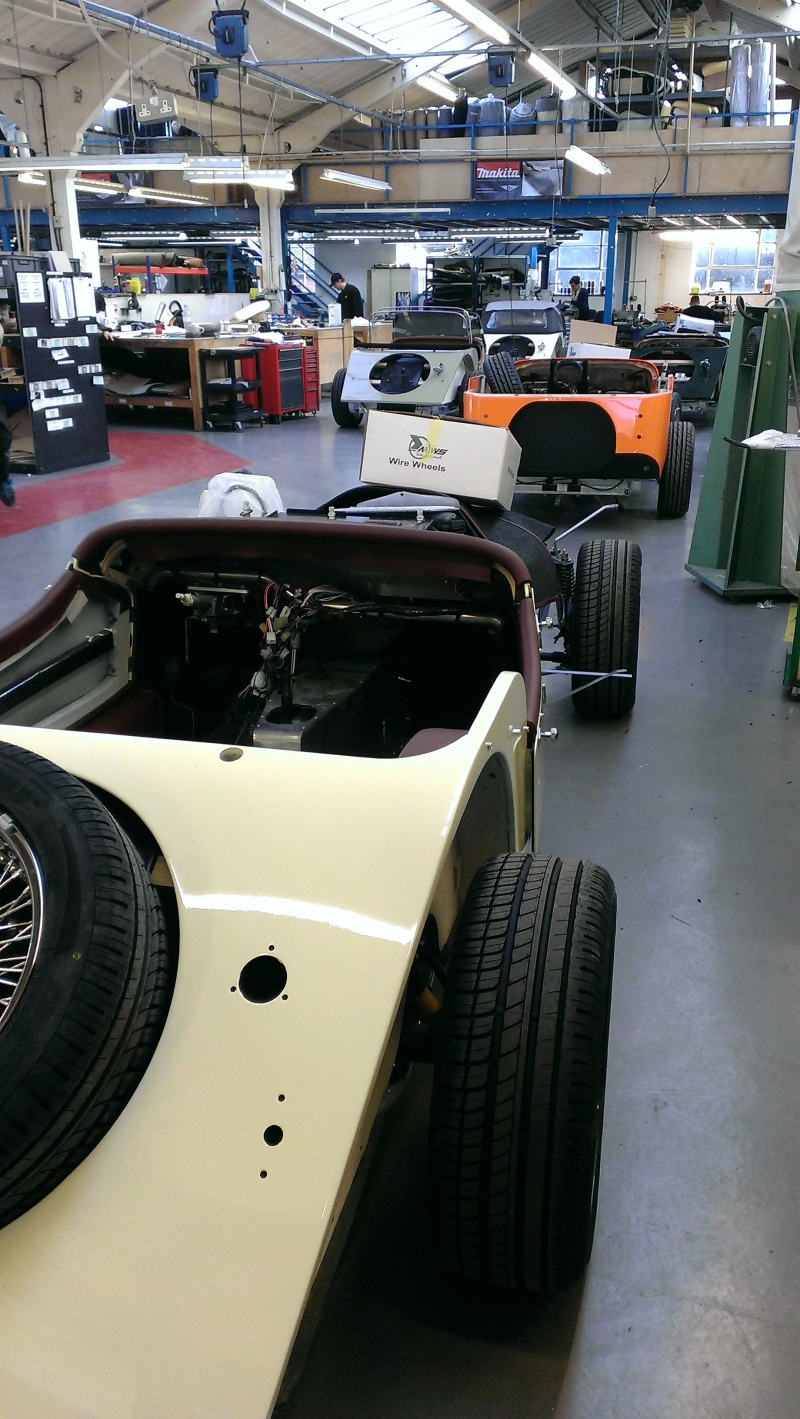 The final room we visited was the inspection shed. Inside, there are a series of cubicles erected, each containing a grid of flourescent lights to highlight imperfections in the paint. Inside each cubicle sat a nearly finished car being polished, buffed, and fussed over. There was even a polished aluminum car that shone like medieval armor.
The final room we visited was the inspection shed. Inside, there are a series of cubicles erected, each containing a grid of flourescent lights to highlight imperfections in the paint. Inside each cubicle sat a nearly finished car being polished, buffed, and fussed over. There was even a polished aluminum car that shone like medieval armor. After the tour was complete, we took a test drive to sample the finished cars! More on that in the next installment...
After the tour was complete, we took a test drive to sample the finished cars! More on that in the next installment...
SEE THE FULL FACTORY GALLERY HERE!
 Thursday, July 10, 2014 at 10:27AM
Thursday, July 10, 2014 at 10:27AM 
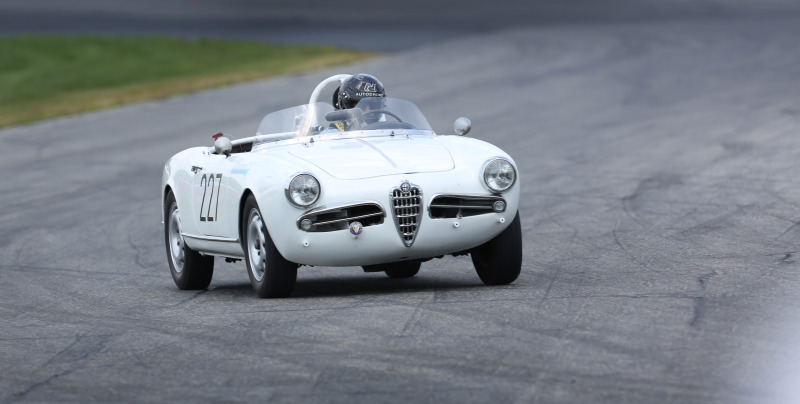
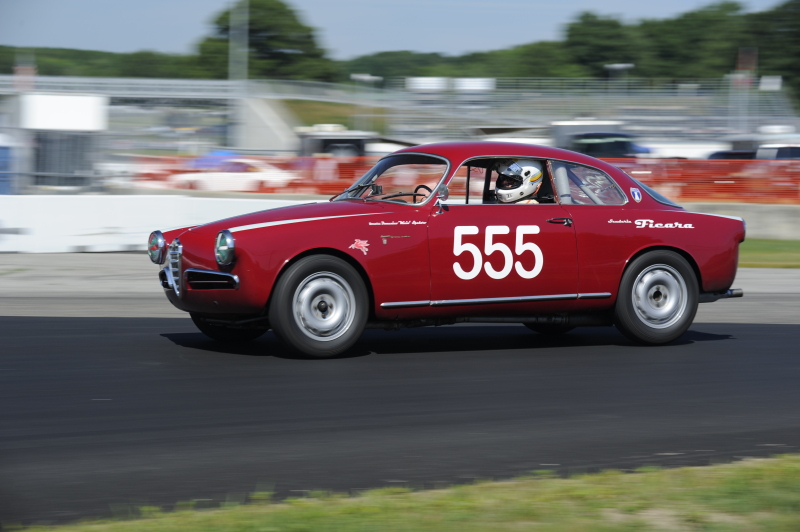

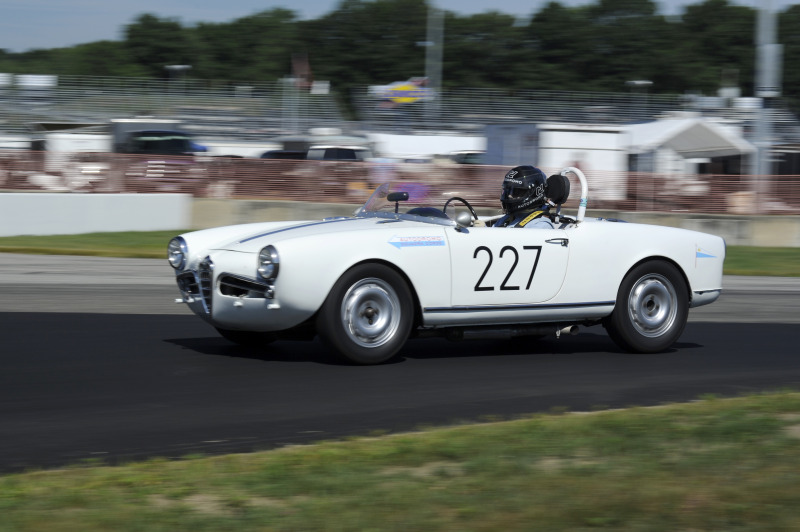
 Alfa Romeo,
Alfa Romeo,  Giulietta Spider Veloce,
Giulietta Spider Veloce,  Historic Racing,
Historic Racing,  VSCCA,
VSCCA,  giulietta in
giulietta in  Photos
Photos 
